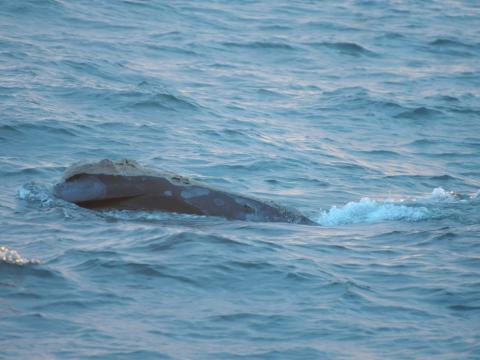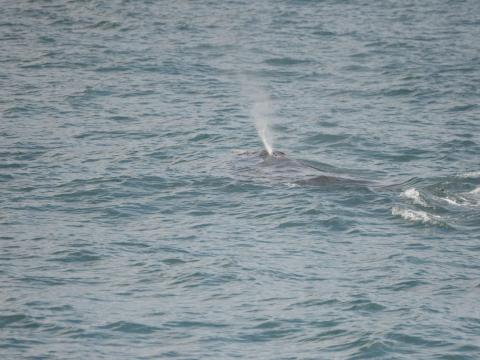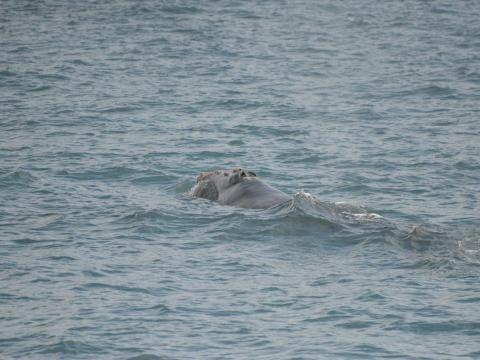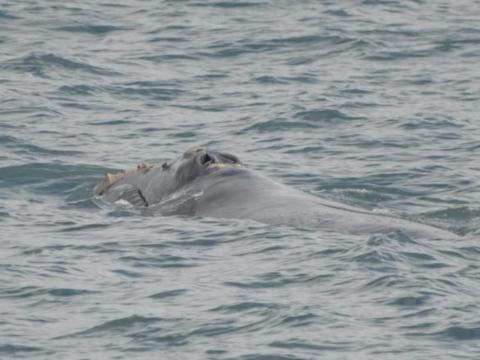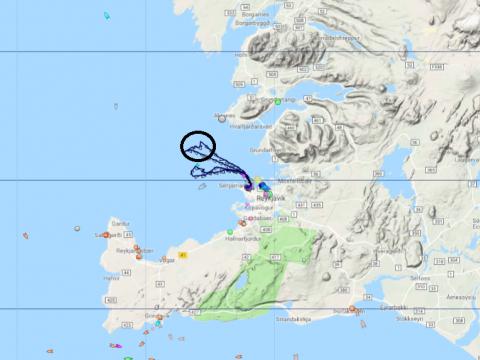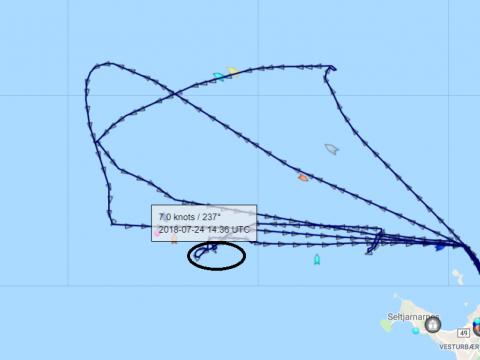On July 23, for the first time in the history of Elding whale watching, we came up on a North Atlantic Right whale! one of the most endangered of all large whales It has now been identifide by The Anderson Cabot Center for Ocean Life as: Mogul a 10 year old male born to Slalom in 2008. There have only been three different whales identified off Iceland in the last 30 years. So this sighting truly is a milestone in Iceland's whale watching history
The northern right whales are the most endangered whales in the world. It was extremely hunted during the age of whaling when whales were initially hunted for whale oil. The right whale was then a suitable prey of hunters, because of their docile nature, their slow surface-skimming feeding behaviors, their tendencies to stay close to the coast, and their high blubber content (which makes them float when they are killed, and which produced high yields of whale oil). From that fact, it gets the name ‘right’ whale - as it was the ‘correct’ whale to hunt.
Large whales are often divided into two groups; toothed whales and baleen whales. Toothed whales are simply whales with teeth that hunt prey, some even hunt other mammals like seals, dolphins or smaller whales. They are more likely to be group animals where the male grows up to be the biggest and often leads the group. They are highly talkative, even with ‘name sound’ to call a specific individual from the group. Toothed whales typically live shorter than baleen whales, or have a life span of 10 years up to 70 years. An example of a toothed whale would be a sperm whale.
Baleen whales grow up to be the biggest animals on earth and some get to live for a very, very long time! With baleen whales, the females grow up to be the biggest, so the biggest animal ever to exist on earth was a baleen whale, a female blue whale! Baleen whale’s lifespan is 50 years up to an incredibly long lifespan of the bowhead whale, which can live to be 200 years old!
Baleen is a filter-feeder system inside the mouths of baleen whales where the bristles are arranged in plates across the upper jaw of the whale. The baleen system works by a whale opening its mouth underwater and taking in water which the it then pushes out, and animals such as krill are filtered by the baleen plates and remain as a food source for the whale. Baleen is a skin derivative and is similar to bristles and consists of keratin, the same substance found in human fingernails and hair. Some whales, such as the bowhead whale, have longer baleen than others and other whales, such as the gray whale, only use one side of their baleen.
The right whales are baleen whales and one of the species belonging to the genus Eubalaena. Adult North Atlantic right whales average 13–16 m in length and weigh approximately 40,000 to 70,000 kg, the females are larger than males. Unlike other whales, a right whale has distinctive callosities (roughened patches of skin) on its head, along with a broad back without a dorsal fin, occasionally with white belly patches, and a long, arching rostrum, or upper jaw, that begins above the eye. The callosities appear white due to large colonies of cyamids (whale lice) and each individual has a unique callosities pattern. Forty percent of a right whale's body weight is blubber, which is of relatively low density. The right whale was formerly common on both sides of the North Atlantic but it appears to be effectively extinct in the eastern North Atlantic. The current population is of about 300–500 individuals off the east coast of North America with a life expectancy of about 50 years. Each side of a right whale's mouth has about 225 baleen plates, which can be up to 2,5 m/8 feet long. The penis on a right whale can be up to 2.7 m (8.9 ft) - the testicles, up to 2 m (6.6 ft) in length, 78 cm (2.56 ft) in diameter, and weighing up to 525 kg (1157 lbs), are also by far the largest of any animal on Earth. Together, the testicles make up nearly 1% of the right whale's total body weight.
Right whales are very large, but travel at a leisurely pace – no more than about 16 km ph./10 miles ph. This becomes a serious problem when their migration from the Gulf of Maine to the coasts of Florida and Georgia takes them through some of the busiest shipping lanes in the world. When ships run into these whales, they cause severe and often fatal damage. Even if the whale doesn't die on impact, it often dies from loss of blood within hours - especially if a segment of the tail is severed or a vital organ gets punctured.
Almost all of the 400 North Atlantic right whales live in the western North Atlantic Ocean. In northern spring, summer and autumn, they feed in areas off the Canadian and northeast U.S. coasts in a range stretching from New York to Newfoundland. Particularly popular feeding areas are the Bay of Fundy and Cape Cod Bay. In winter, they head south towards Georgia and Florida to give birth. There have been a smattering of sightings further east over the past few decades; several sightings were made close to Iceland in 2003. These are possibly the remains of a virtually extinct eastern Atlantic stock, but examination of old whalers' records suggests they are more likely to be strays. However, a few sightings are regular between Norway, Ireland, Spain, Portugal, the Canary Islands and even Italy and Sicily; at least the Norway individuals come from the Western stock. The right whale (Íslands sléttbakur / Icelandic smooth back) - in Icelandic, is a very rare sight in Icelandic water in recent years.




